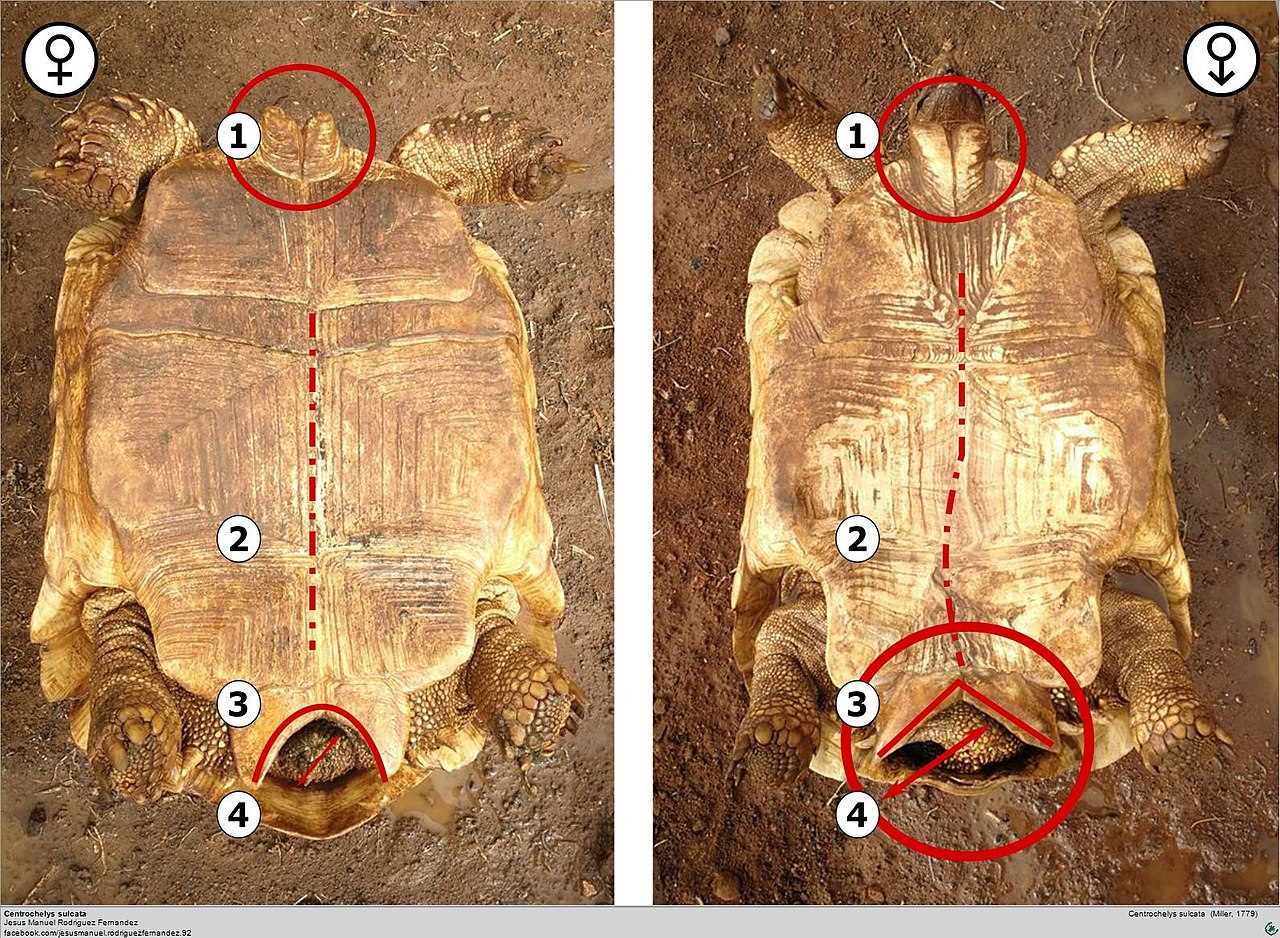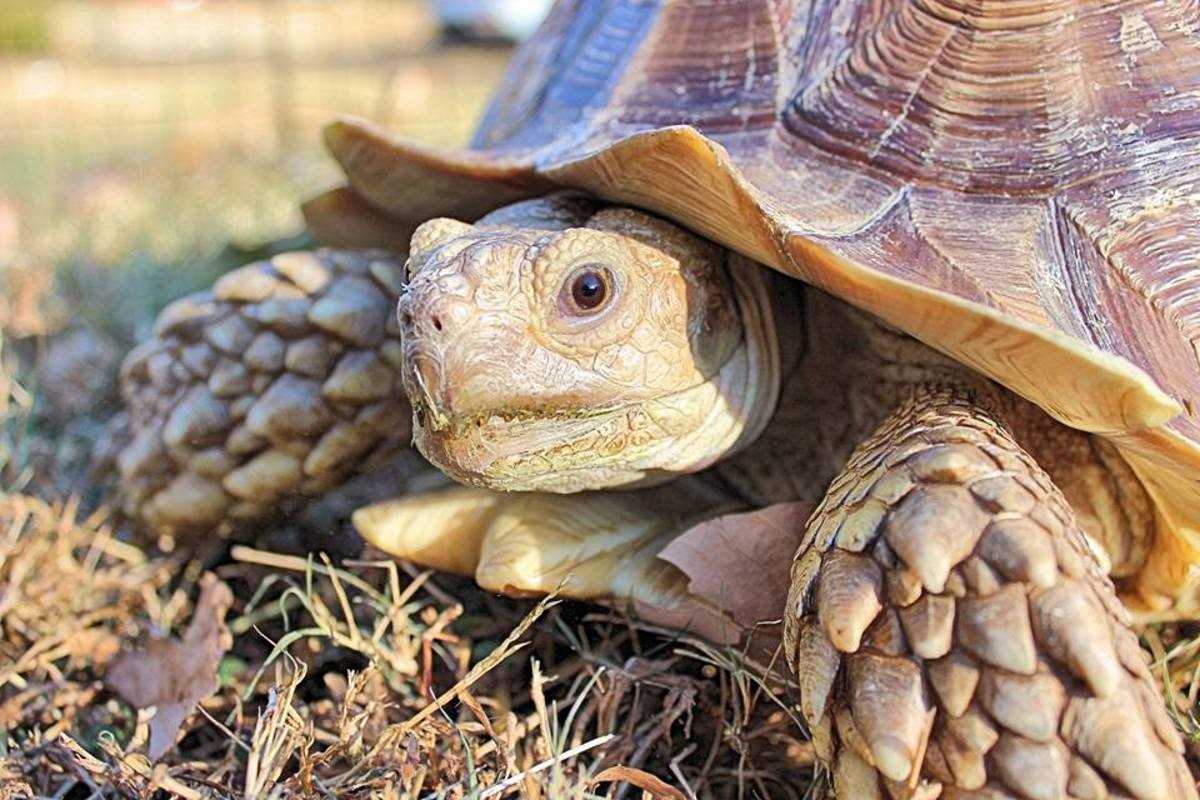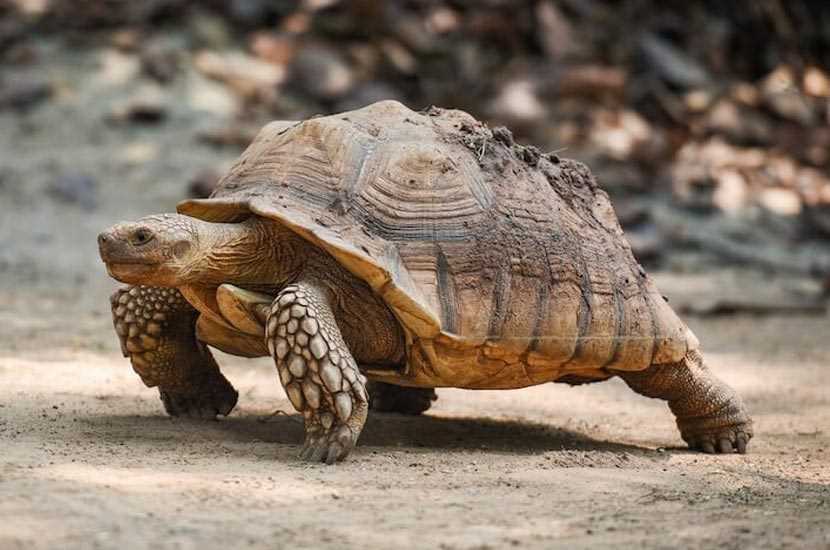Caring for a male sulcata tortoise
Feeding a male sulcata tortoise
What to Consider When Caring for a Male Sulcata Tortoise
2. Temperature and Lighting: Sulcata tortoises are native to hot and dry regions of Africa, so they require a warm and well-lit environment. Maintain a temperature gradient within the enclosure, with a basking spot reaching around 90-95°F (32-35°C) and a cooler area around 75-85°F (24-29°C). Use UVB lighting to ensure they receive adequate levels of ultraviolet radiation for calcium metabolism.
4. Diet: Sulcata tortoises are primarily herbivorous and require a high-fiber diet consisting of grasses, hay, leafy greens, and occasional fruits. Avoid feeding them too many high-protein foods, as this can lead to health issues like bladder stones or kidney problems.
5. Environmental Enrichment: Providing environmental enrichment is crucial to keep your male Sulcata tortoise mentally and physically stimulated. Offer hiding spots, climbing structures, and objects to explore. They also enjoy soaking in shallow water, so provide a sturdy water dish that they can easily access.
By considering these important factors, you can ensure that your male Sulcata tortoise remains healthy, happy, and well-adjusted in its captive environment.
Tortoise Care and Nutrition for Male Sulcata Tortoises
Male sulcata tortoises require specific care and nutrition to ensure their health and well-being. Here is everything you need to know about their diet and nutrition needs:
Diet and Feeding Habits

Male sulcata tortoises are primarily herbivorous and need a diet rich in fiber, minerals, and vitamins. A balanced diet consists of a variety of leafy green vegetables, grasses, and weeds. Some common food items for a male sulcata tortoise include:
| Vegetables | Grasses/Weeds |
|---|---|
| Collard greens | Bermuda grass |
| Mustard greens | Dandelion greens |
| Kale | Hibiscus leaves |
| Turnip greens | Plantain |
Supplementation
In addition to a balanced diet, male sulcata tortoises require calcium and vitamin D3 supplementation to support their bone health. Calcium can be provided through cuttlebones or calcium powder that can be sprinkled on their food. Vitamin D3 can be obtained through proper exposure to natural sunlight or by using a reptile UVB light.
Water

Proper hydration is essential for male sulcata tortoises. Provide a shallow water dish or soak your tortoise in warm water for about 20 minutes a few times a week. This helps prevent dehydration and aids in digestion.
Conclusion
By providing a well-rounded diet and proper care, male sulcata tortoises can thrive and lead a healthy life. Remember to consult with a reptile veterinarian for any specific dietary needs or concerns about your pet tortoise.
Male Sulcata Tortoise Habitat and Environment
Proper habitat and environment play a crucial role in ensuring the health and well-being of male sulcata tortoises. These tortoises are native to the arid regions of Africa and require specific conditions to thrive.
- Enclosure Size: Male sulcata tortoises grow to be quite large, so they require a spacious enclosure. A general rule of thumb is to provide at least 8-10 square feet of space per tortoise.
- Substrate: The substrate should mimic the natural environment of the tortoise. A mixture of topsoil, sand, and cocopeat works well to provide a suitable substrate for burrowing and digging.
- Temperature and Lighting: Male sulcata tortoises need a basking spot with a temperature range of 90-100 degrees Fahrenheit. The overall ambient temperature in the enclosure should be kept between 75-85 degrees Fahrenheit. UVB lighting is also essential for proper calcium absorption and shell health.
- Humidity: While male sulcata tortoises are adapted to arid conditions, they still require some humidity. Aim to maintain a humidity level of around 40-50% in their enclosure.
- Diet: Providing a natural and varied diet is important for male sulcata tortoises. They primarily consume grasses and hay, but also benefit from a variety of leafy greens, vegetables, and some fruits. Calcium and vitamin supplementation should also be provided.
- Hideouts and Enrichment: Male sulcata tortoises benefit from the presence of hiding spots and enrichment in their enclosure. This can include rocks, logs, and tunnels for them to explore and interact with.
Regular monitoring and maintenance of the habitat and environment is essential to ensure the well-being of male sulcata tortoises. Pay attention to temperature, humidity, and cleanliness, and make any necessary adjustments to create an optimal living space for your tortoise.
By providing a suitable habitat and environment, you can support the natural behavior and health of male sulcata tortoises, allowing them to live a happy and fulfilling life.
Behavior and Interaction


I’m Lena Adams—a product of an unconventional upbringing in the African wilderness. My father, a daring explorer of African wildlife, sparked my fascination with reptiles, a passion that intertwined with the tragic loss of my mother during an expedition, leaving an indelible mark on my life. Driven to understand the creatures that captivated my parents, I embarked on my journey, sharing insights about reptiles, frogs, and lizards on my website. Through my explorations and conservation efforts, I honour my family’s legacy while seeking connections—to the creatures, nature, and the mother whose presence I yearn to understand.
